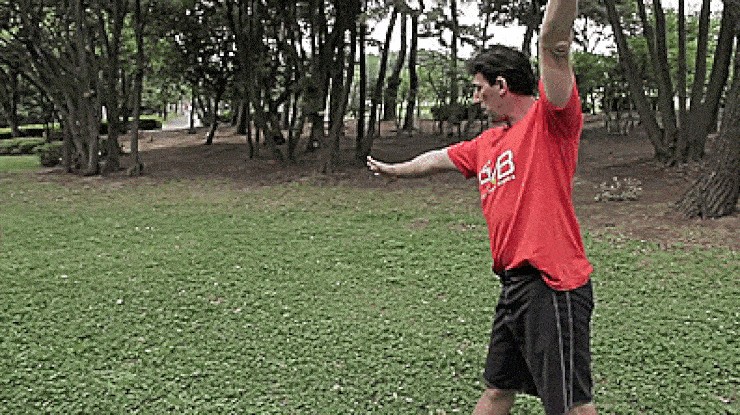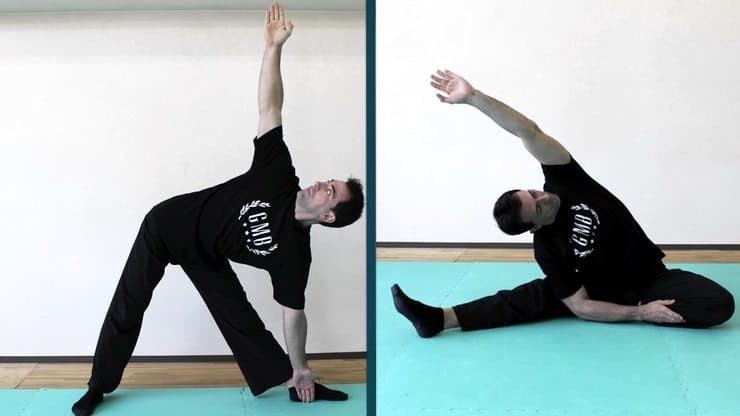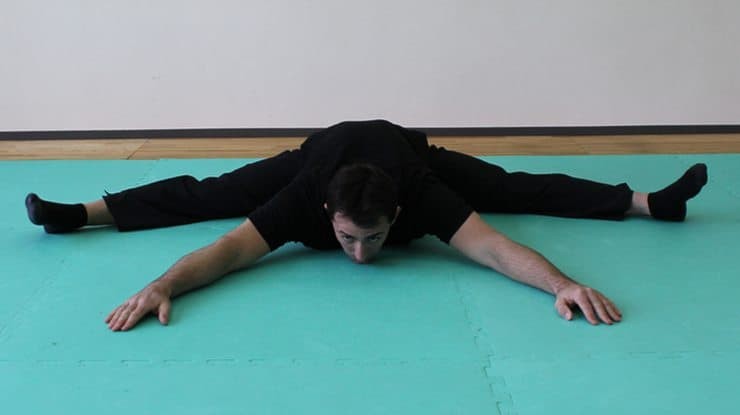Cartwheels. Kids make them look effortless, but for many adults, they seem like a distant, impossible dream. But what if you could re-learn this fun and surprisingly beneficial skill? This guide will teach you how to do a cartwheel safely, even if it’s been decades since your last attempt.
While a cartwheel might seem daunting, it’s a fantastic way to improve strength, mobility, coordination, and agility. This article breaks down the process into manageable steps, addressing common fears and providing supplementary exercises to help you master this skill. You’ll learn:
- How cartwheel training enhances strength, flexibility, and motor control.
- Why fear is a major obstacle for adults and how to overcome it.
- Exercises to complement your cartwheel practice.
- Advanced variations to try once you’ve mastered the basics.
Understanding the Cartwheel: Anatomy of the Skill
Although seemingly simple, a cartwheel requires intricate coordination. It involves transitioning from a standing position to an inverted one and back again, demanding precise movements to avoid toppling over. Key elements include:
- Legs: Your lead leg dictates the direction, planted firmly on an imaginary line.
- Hands: Your lead hand (same side as the lead leg), palm forward, initiates the movement. The other hand follows.
- Body Alignment: Maintaining upper and lower body alignment in a vertical plane ensures a controlled swing and landing.
Achieving this requires strength and flexibility in the wrists, hips, and torso, along with good motor control for smooth execution.
Overcoming the Adult Cartwheel Challenge
Why is learning a cartwheel harder as an adult? Several factors contribute:
- Larger Body Size: Adult bodies are simply harder to maneuver than children’s.
- Reduced Flexibility: Adults generally have less natural flexibility.
- Fear Factor: Adults often develop a fear of being upside down.
The solution? Practice!
This guide offers progressions that minimize fear by breaking the cartwheel into smaller, less intimidating steps. You’ll gradually build strength, flexibility, and control, making the full cartwheel more accessible. If tightness or weakness persists, specific exercises are provided to address those limitations.
How to Do a Cartwheel: A Step-by-Step Tutorial
| Progression | Details |
|---|---|
| Progression 1: The V-Shape | Start with an imaginary line. Step off the line at an angle. Place one hand on the line, then the other, allowing your legs to follow in a V-shape. Focus on comfortable inversion and hand-foot coordination. |
| Progression 2: The Line Drill | Begin on the line, lead leg forward. Place one hand down, then the other, and jump your legs over. Prioritize uncrossed legs over landing perfectly on the line. |
| Progression 3: The Full Cartwheel | Start and land on the line, striving for straight legs during the inversion. |
Addressing Common Challenges: Wrists, Side Bending, and Hips
1. Wrist Strength and Flexibility
Weak or tight wrists hinder weight-bearing. Implement wrist exercises like circles, flexions, and extensions to build strength and mobility.
2. Side Bending Mobility
Restricted side bending limits cartwheel form. Incorporate triangle pose and half pancake stretches to improve lateral flexibility.
3. Hip Flexibility
Tight hips restrict range of motion. Practice the pancake stretch to enhance hip flexibility.
Taking Your Cartwheel Further: Advanced Variations
Once you’ve mastered the basic cartwheel, explore advanced variations like:
- One-Arm Cartwheels
- Butterfly Kicks
- Aerials (No-Hand Cartwheels)
Building strength and agility through cartwheels unlocks greater physical freedom and opens doors to new activities and challenges. This newfound body control enhances performance and allows you to push your limits. So, are you ready to learn how to do a cartwheel?




